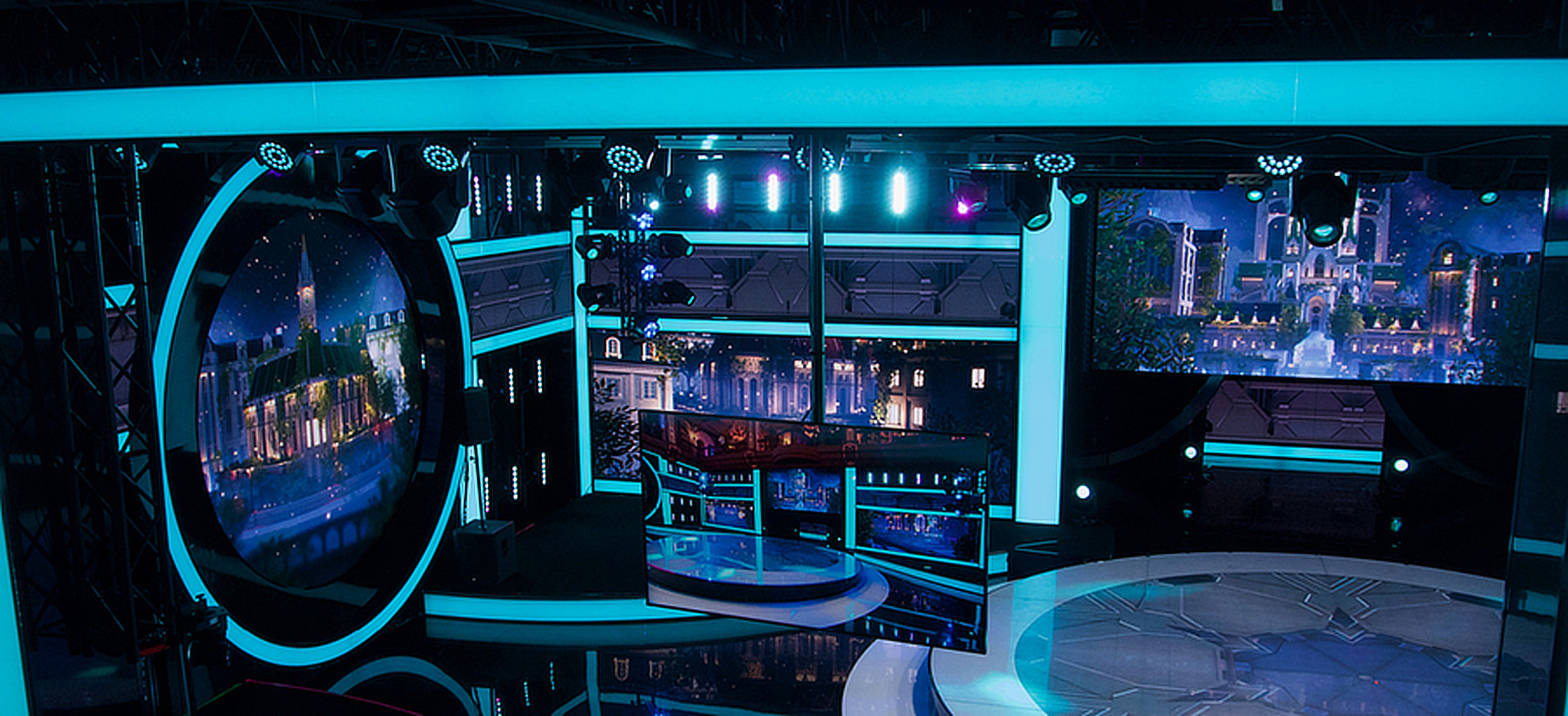Within the past times, virtual VR has become a powerful tool for enhancing audience involvement in real-time performances. Such innovation enables viewers to immerse themselves in a 3D setting, crafting a distinct experience that traditional media cannot duplicate. Through using VR, creators can move viewers into the core of the performance, causing them sense as if they are integral of the performance. This innovative approach not just enchants viewers but also unlocks new opportunities for storytelling and interaction.
One of the key benefits of employing VR in live productions is the ability to create a more engaging encounter. Audiences can engage with the performance in real-time, shaping the result or discovering different perspectives. For instance, in a stage show, audiences using VR goggles can choose to pursue particular roles or segments, enabling them to customize their experience. This level of interactivity fosters a deeper connection between the audience and the show, making it more memorable and impactful.
Moreover, VR tools can enhance the sight and sound aspects of a real-time production. With top-notch graphics and sound design, producers can create stunning environments that attract audiences in. This engaging characteristic can elevate the overall experience, rendering it more engaging and pleasurable. read For example, a musical performance can be converted into a rich experience, where audience members feel as if they are on stage with the performers. Such enhancements not only draw bigger viewers but also encourage repeat attendance, as viewers seek to relive the thrill.

Alongside enhancing viewer involvement, VR can also offer insightful insights for producers. Through analyzing how viewers engage with the digital setting, producers can collect information on viewer likes and actions. This information can inform future productions, helping to tailor material to more effectively satisfy the demands and wants of the audience. As a consequence, VR not just enhances the current experience but also contributes to the evolution of live productions as a whole.
With the advancements progressing to evolve, the possibilities for VR in live performances is immense. Ranging from theater and concerts to sports events and festivals, the opportunities are endless. Through adopting this cutting-edge method, creators can revolutionize the way audiences engage with real-time performances. With more creators explore the incorporation of VR, it is probable that we will witness a change in how performances are designed and delivered, eventually resulting to a greater immersive and participatory prospect for real-time performances.